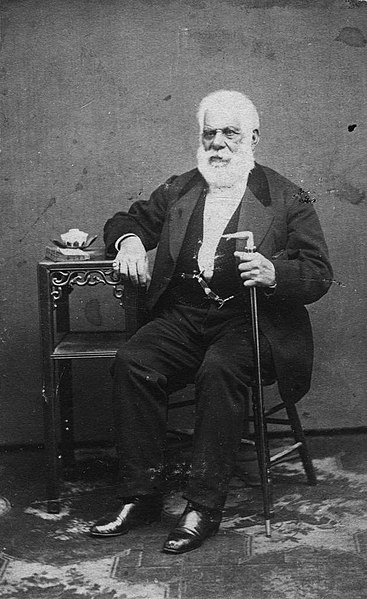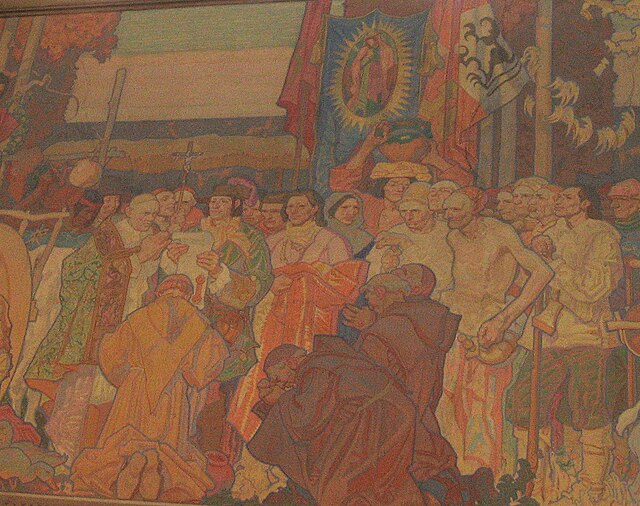Don Pío de Jesús Pico IV was a Californio politician, ranchero, and entrepreneur, famous for serving as the last governor of Alta California under Mexican rule. A member of the prominent Pico family of California, he was one of the wealthiest men in California at the time and a hugely influential figure in Californian society, continuing as a citizen of the nascent U.S. state of California. His legacy can be seen in the numerous places named after him, such as the city of Pico Rivera, Pico Boulevard in Los Angeles, Pio Pico State Historic Park, and numerous schools that bear his name.
Pío Pico, c. 1890
Mission San Gabriel Arcángel, where Pico was born
Portrait of Pico held by the California State Library, c. 1847
Pico's 1831 rebellion ended with a battle located at Cahuenga Pass, which is pictured above in 1888.
Californios are Hispanic Californians, especially those descended from Spanish and Mexican settlers of the 17th through 19th centuries. California's Spanish-speaking community has resided there since 1683 and is made up of varying Spanish and Mexican origins, including criollos, Mestizos, Indigenous Californian peoples, and small numbers of Mulatos. Alongside the Tejanos of Texas and Neomexicanos of New Mexico and Colorado, Californios are part of the larger Spanish-American/Mexican-American/Hispano community of the United States, which has inhabited the American Southwest and the West Coast since the 16th century. Some may also identify as Chicanos, a term that came about in the 1960s.
Gaspar de Portolá led the 1769 Portolá expedition and served as the first Governor of the Californias.
Juan Bautista de Anza led the 1775–76 Anza expedition.
Mission San Carlos Borromeo de Carmelo, established in 1770, was the headquarters of the Californian mission system from 1797 until 1833.
The founding of Los Angeles by the Felipe de Neve and the Los Angeles Pobladores in 1781.








